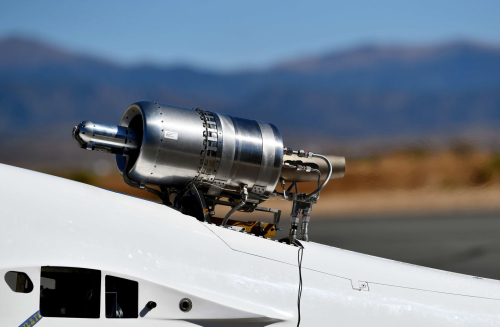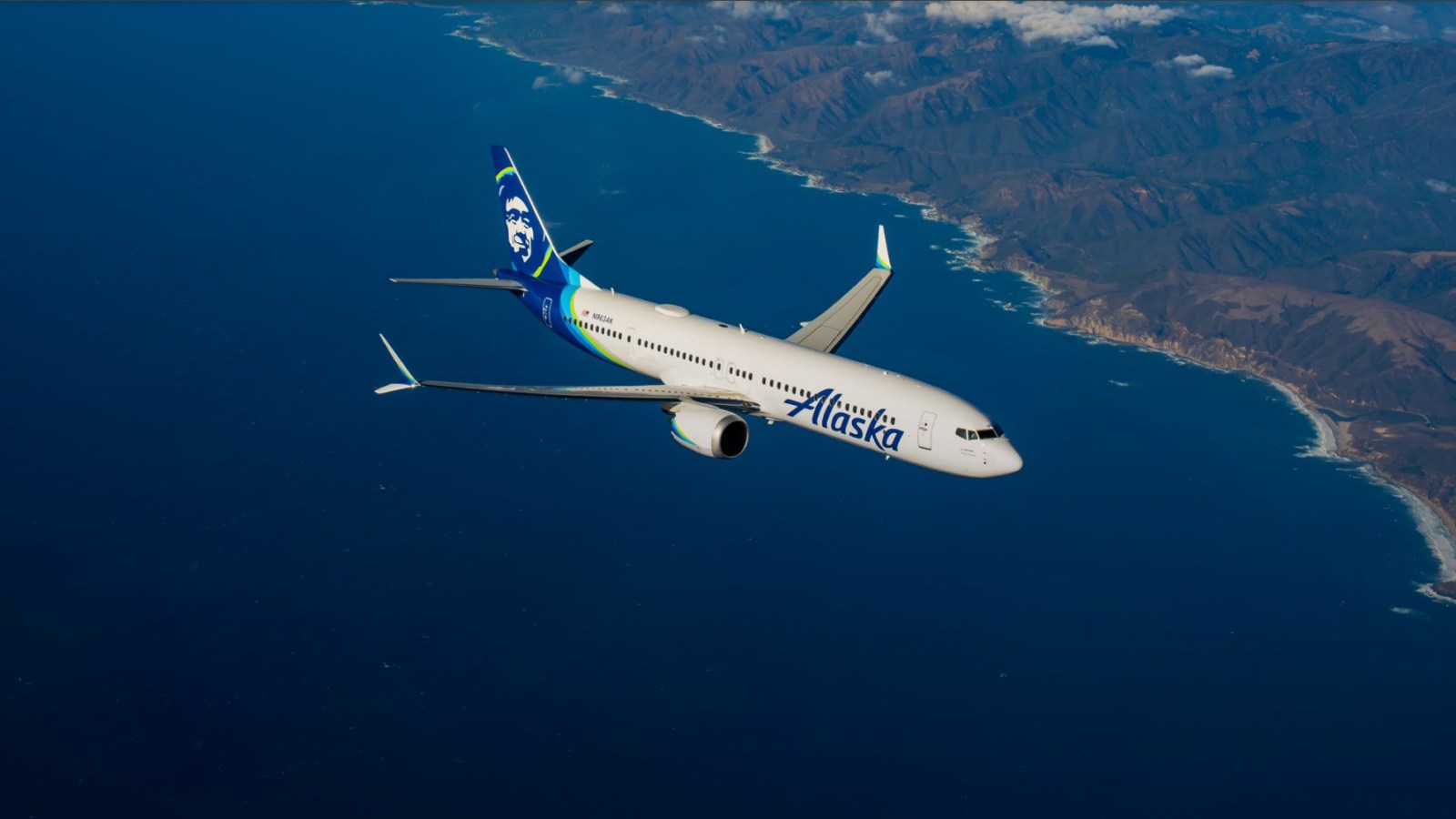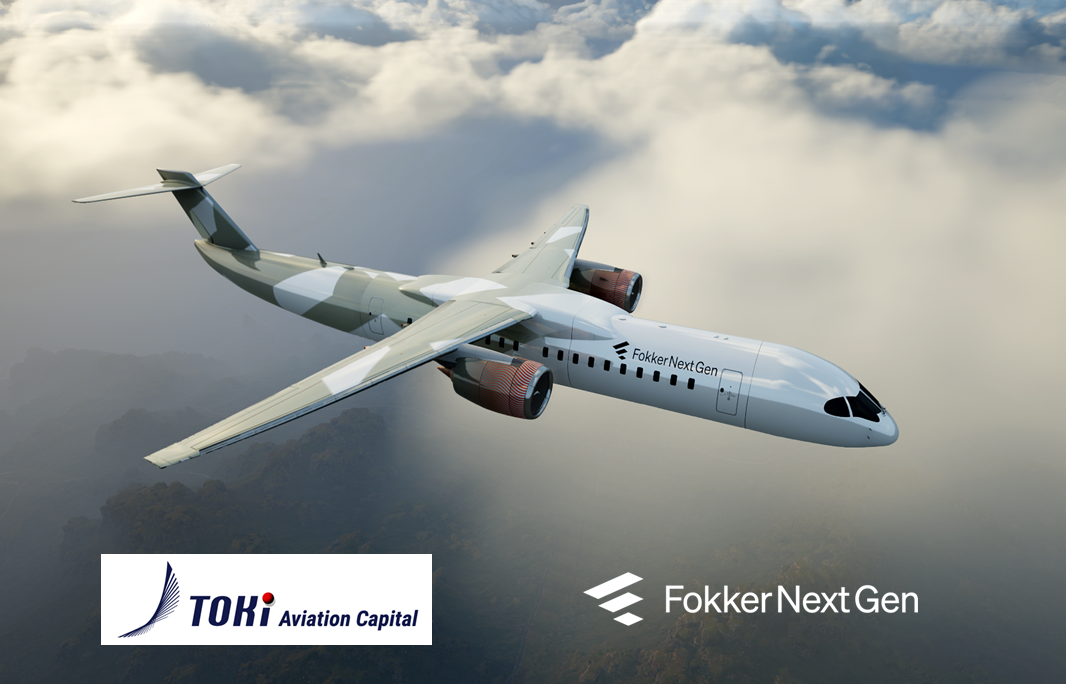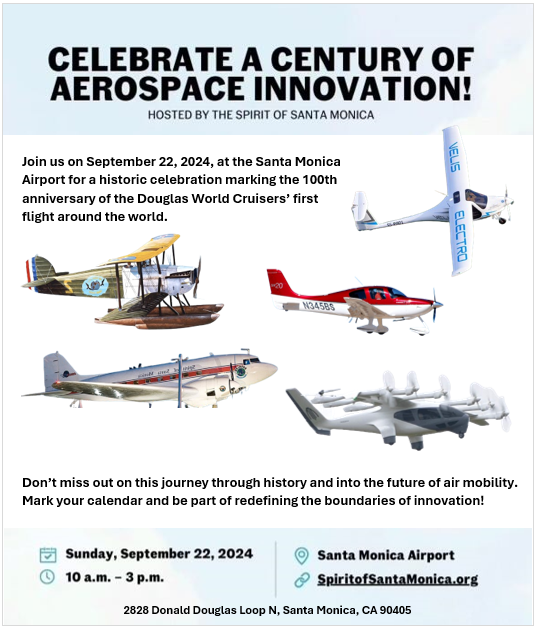
The modified glider at the center of Airbus UpNext’s hydrogen contrail-studying experiment, Blue Condor, made its first hydrogen-powered flight over Nevada on 8 November. The flight was the company’s first to use hydrogen as the sole fuel source, and it kicked off a test campaign that will conclude in a contrail-measuring mission in early 2024.
Hydrogen offers aviation a path to low-carbon operations, yet its combustion produces contrails just like conventional jet fuel. Hydrogen contrails, however, differ significantly. They don’t contain soot or sulfur oxides, but do hold nitrous oxides and a lot of water vapor: up to 2.5 times more than kerosene contrails. Both are considered climate-impacting emissions, and as such the aviation industry has a duty to address them.
Hydrogen offers aviation a path to low-carbon operations, yet its combustion produces contrails just like conventional jet fuel. Hydrogen contrails, however, differ significantly. They don’t contain soot or sulfur oxides, but do hold nitrous oxides and a lot of water vapor: up to 2.5 times more than kerosene contrails. Both are considered climate-impacting emissions, and as such the aviation industry has a duty to address them.






/cdn.vox-cdn.com/uploads/chorus_asset/file/25476438/Gen_3_Cube_Rendering.png)





